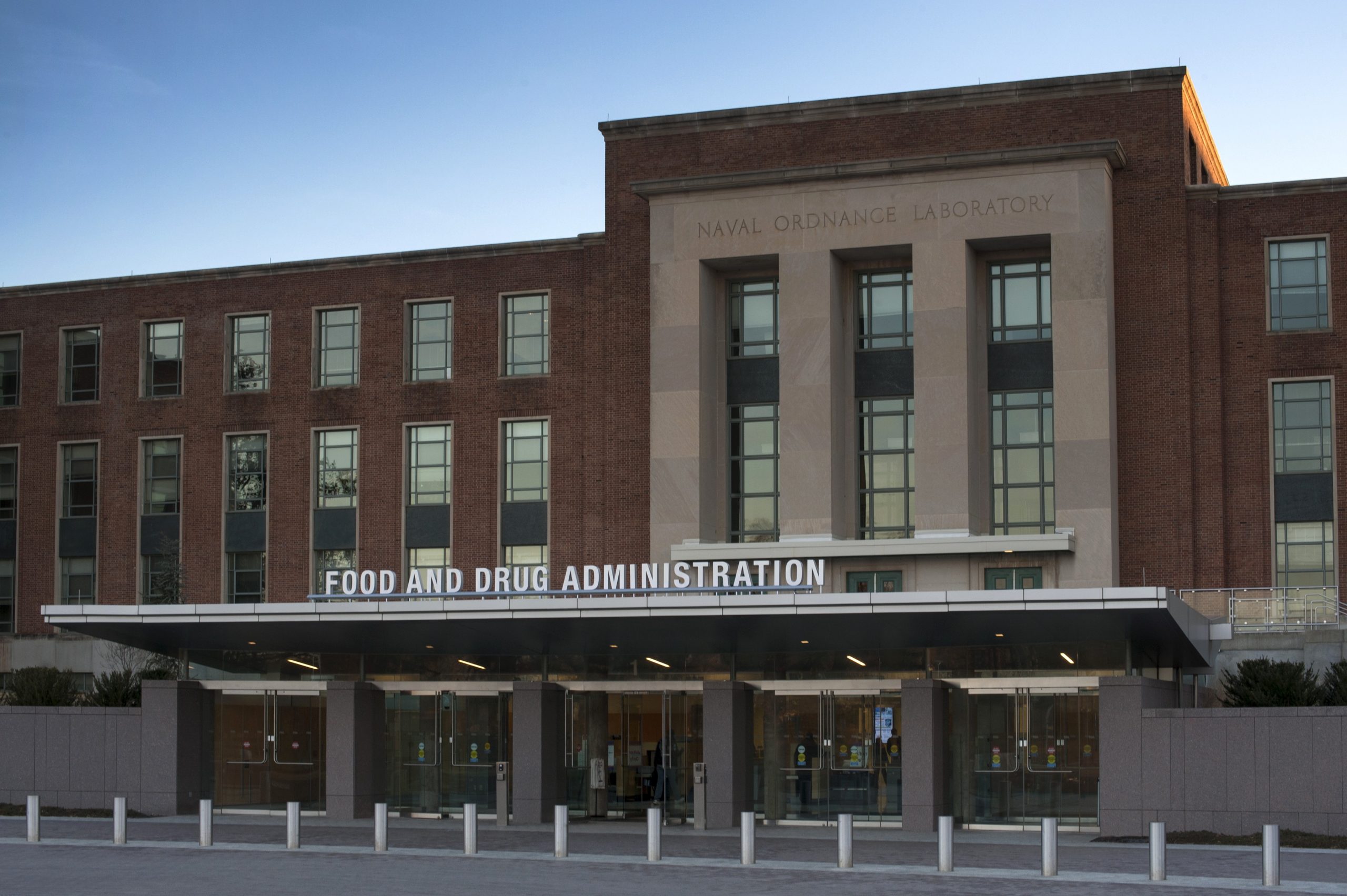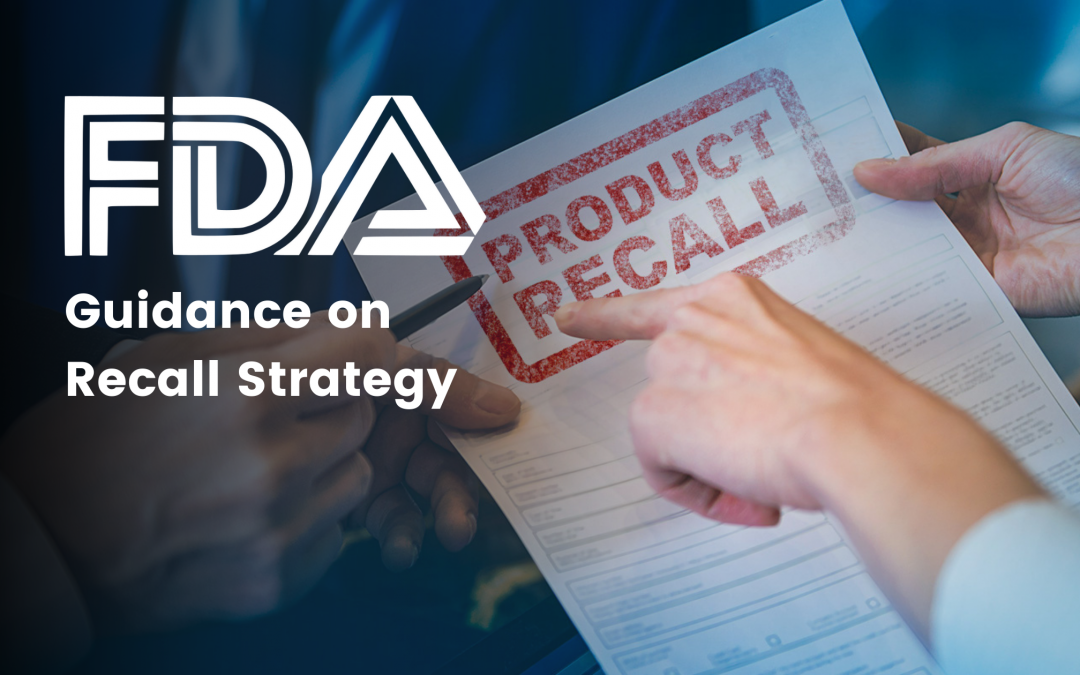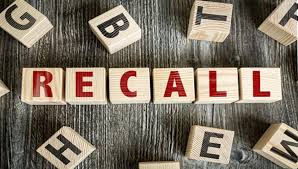The Food and Drug Administration (FDA or the Agency), the US regulating authority in the sphere of healthcare products, has published guidelines dedicated to recalls. The document covers the most important aspects related to the recall of medical devices placed on the market, including recall strategy and how it should be developed and executed.

Table of Contents
Due to their legal nature, the guidance documents published by the FDA do not introduce new requirements themselves, but provide additional clarifications and recommendations to be considered by the parties involved. An alternative approach could be applied, provided such an approach complies with the respective regulatory requirements and has been approved by the authority in advance.
Medical Device Recalls: Key Points
According to the document, the entity responsible for a medical device placed on the market should duly develop a recall strategy based on the following aspects:
- Results of health hazard evaluation;
- Ease in identifying the product;
- Degree to which the product’s deficiency is obvious to the consumer or user;
- Degree to which the product remains unused in the marketplace;
- Continued availability of essential products.
The authority also mentions that it will conduct a rigorous review of recall plans developed by a responsible entity in order to evaluate whether the actions suggested correspond to the risks associated with the device. Upon completion of such a review, the Agency could also provide its recommendations and suggestions. A recall should be performed strictly in accordance with a recall strategy approved by the authority. However, the lack of approval should not prevent a responsible entity from commencing actions and implementing measures reasonably necessary to ensure the safety of consumers and users.
Content of a Recall Strategy
The guidance further outlines the scope of information to be covered by a recall strategy. According to the document, it should address the following aspects:
Depth of recall. As mentioned, the measures prescribed by a recall strategy should be determined depending on the risks associated with the device in question. Based on this, a responsible entity shall decide on a particular level of distribution a recall shall cover, for instance:
- Consumer or user level, which may vary with product, including any intermediate wholesale or retail level; or
- Retail level, including any intermediate wholesale level; or
- Wholesale level.
Public warning. First, it is vitally important to notify all parties involved in operations with a medical device in question about hazards associated with the use of such a device. Such action should take place if it is necessary to take immediate actions to avoid further harm that could potentially be caused by a product subject to recall. If a responsible entity decides to initiate a warning, it should discuss its content and the way it would be communicated to the parties involved with the FDA to agree on the most efficient way of action. The question regarding the necessity of a public warning should be covered by a recall strategy. According to the guidance, depending on the particular situation, a warning could be issued in the form of:
- General public warning through the general news media, either national or local as appropriate, or
- Public warning through specialized news media, e.g., professional or trade press, or to specific segments of the population such as physicians, hospitals, etc.
Effectiveness checks. One of the most important elements of a recall strategy is a mechanism of effectiveness checks. In particular, a responsible entity initiating a recall should describe how it is going to ensure all the parties involved have duly received information about the recall and taken actions requested. Such a mechanism is important as it facilitates the evaluation of the actual effectiveness of a recall and takes additional measures reasonably necessary to ensure the safety of patients. In this regard, the Agency refers to a special guide on “Methods for Conducting Recall Effectiveness Checks” issued by the FDA, which addresses the most important aspects associated with how a responsible entity may evaluate the effectiveness of a recall. It is also important to mention that the authority would also take additional steps to assist a responsible entity in taking such actions, while the latter remains responsible for the effectiveness checks in general. According to the present guidance, a recall strategy should outline the particular methods to be used by a responsible entity to evaluate the effectiveness, and also the levels, such as:
- Level A – 100 percent of the total number of consignees to be contacted;
- Level B – Some percentage of the total number of consignees to be contacted, which percentage is to be determined on a case-by-case basis, but is greater than 10 percent and less than 100 percent of the total number of consignees;
- Level C – 10 percent of the total number of consignees to be contacted;
- Level D – 2 percent of the total number of consignees to be contacted; or
- Level E – No effectiveness checks.

Firm-Initiated Recall
According to the applicable legislation, the entity responsible for a medical device is entitled to remove it from the market or make corrections to it at any time. If such actions are based on suspected non-compliance with the respective regulatory requirements, the responsible party shall duly notify the regulating authority without undue delay. In particular, it should contact the FDA’s Office of Regulatory Affairs (ORA) Division Recall Coordinator (DRC) depending on the region in which the company operates (for foreign medical device manufacturers and importers the appropriate contact should be determined depending on the location of their authorized representative based in the US).
It is important to mention that actions taken by the manufacturer to remove a medical device from the market would be considered a recall only if the regulating authority confirms that the device in question actually fails to comply with the applicable regulatory requirements. In this regard, the Agency is entitled to request additional information, namely:
- Identity of the product involved;
- Reason for the removal or correction and the date and circumstances under which the product deficiency or possible deficiency was discovered;
- Evaluation of the risk associated with the deficiency or possible deficiency;
- Total amount of such products produced and/or the time span of the production;
- Total amount of such products estimated to be in distribution channels;
- Distribution information, including the number of direct accounts and, where necessary, the identity of the direct accounts;
- A copy of the firm’s recall communication if any has issued, or a proposed communication if none has issued;
- Proposed strategy for conducting the recall;
- Name and telephone number of the firm official who should be contacted concerning the recall.
As mentioned, upon review of the information provided by a responsible entity, the authority could provide additional recommendations to be taken into consideration when performing a recall. However, if no response has been provided by the FDA in time, a responsible entity should still commence a recall according to a recall strategy it has developed.
In summary, the present section of the FDA guidance dedicated to recalls provides additional clarifications regarding how a recall strategy should be developed. The document outlines the scope of information to be covered by a recall strategy and also emphasizes the importance of the measures intended to evaluate the actual effectiveness of a recall – the effectiveness checks to be performed by a responsible entity to ensure the communication about a recall has successfully reached all the parties involved.
Sources:
How Can RegDesk Help?
RegDesk is a next-generation web-based software for medical device and IVD companies. Our cutting-edge platform uses machine learning to provide regulatory intelligence, application preparation, submission, and approvals management globally. Our clients also have access to our network of over 4000 compliance experts worldwide to obtain verification on critical questions. Applications that normally take 6 months to prepare can now be prepared within 6 days using RegDesk Dash(TM). Global expansion has never been this simple.


